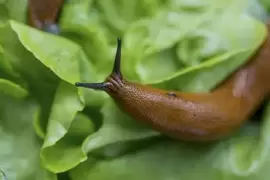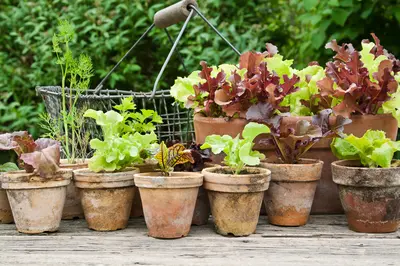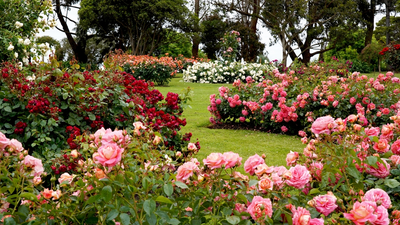
The RHS is putting home anti-slug remedies to the test in the first scientific experiment of its kind.
Egg shells, copper tape and horticultural grit are going up against pine bark mulch, wool pellets and egg shells as researchers set out to find out which way is most effective for keeping slugs off your plants.
They are sowing lettuce in a series of pots and raised beds treated with alternate control methods. One unlucky batch of plants will be left without protection at all. At the end of every week, the leaves of each lettuce will be examined using a leaf area meter which will calculate the damage done. At the end of the experiment all the lettuces will be harvested and weighed, and those with the least damage and greatest crop yield will come out on top.
“We know that some gardeners will swear by the success of their home remedies but until now there has been no formal study of their benefits,” said RHS entomologist Dr Hayley Jones. “With slugs and snails regularly topping the list of gardener complaints we want to know if home remedies have a role to play or are nothing more than a plantsman’s placebo.”
Scientists are also awaiting results from another study into more scientifically-proven methods of combatting the number one gardeners’ enemy, in partnership with biological control supplier BASF, is now in its second year. Five different control strategies were tested: mulching, conventional metaldehyde slug pellets, organic (ferric phosphate) slug pellets and nematodes applied preventatively, before damage is seen, and retroactively.
Results after the first year’s experiments showed organic slug pellets performed almost as well as metaldehyde pellets across a wide range of plants – and outperformed them on hostas.
Mulching increased slug damage, while nematode biological controls were most effective when applied preventatively, rather than after slugs were already active.




